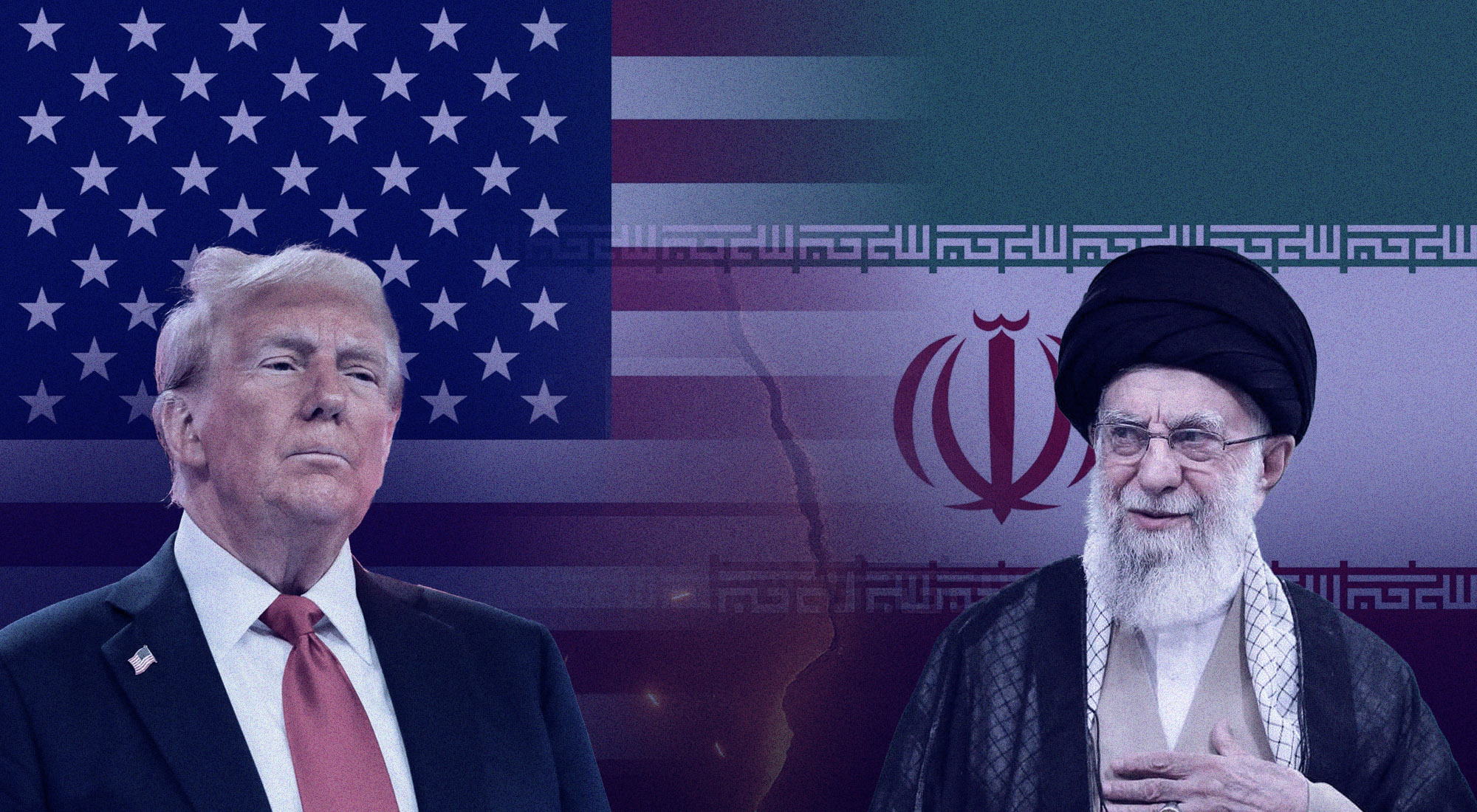
Snapshots
Iran’s limited options for responding to U.S. strikes
22 Jun 2025
The strikes launched by the United States using strategic bomber B-2 and Tomahawk missiles in the early hours of 22 June 2025, targeting three Iranian nuclear facilities—Fordow, Natanz, and Isfahan—raise critical questions about the potential options available to Iran in responding to these American attacks. Despite launching two missile barrages consisting of approximately 27–30 ballistic missiles toward Israel following the strikes, Iran’s options remain constrained. Below is an assessment of the options available to Tehran:
Option One: Retaliatory strikes on U.S. interests and bases in the region, or closing the Strait of Hormuz
This option is unlikely, as it would place Iran in direct confrontation with the United States. Senior U.S. officials, including President Trump, have explicitly warned that “any retaliatory act by Iran against the United States will be met with a far greater force than what we saw tonight.” Additionally, such a scenario would antagonize the countries hosting U.S. military bases and facilities—countries that Iran is keen to avoid alienating, especially since the U.S. strikes did not originate from those bases or use those facilities. Furthermore, closing the strategically vital Strait of Hormuz—an action that the Iranian Parliament has already authorized the armed forces to consider—would provoke international backlash. Given the strait’s critical role in global oil and energy trade, such a move would hurt Iran’s allies more than the U.S.
Option Two: Returning to negotiations based on the U.S.-Israeli nuclear proposal
This would involve Iran agreeing to resume negotiations (either direct or indirect) with the U.S. to forge a new nuclear deal. President Trump has clearly stated that the U.S. strikes are over and that it is time for Iranian leaders to “make peace.” European leaders have also called on Iran to engage diplomatically with the U.S. and Israel to bring the conflict to an end. However, agreeing to this proposal would require Iran to halt uranium enrichment on its territory, accept restrictions on its ballistic missile program, and sever ties with its regional allies or proxies—demands that Tehran is unlikely to accept, at least in the short term.
Option Three: The most likely is limited retaliation through continued drone and missile attacks on Israel
This scenario entails Iran maintaining limited responses through drone and missile strikes on Israeli targets, with Israel retaliating by bombing Iranian nuclear facilities, missile production, and launch sites, among others. This tit-for-tat dynamic could persist briefly until a third party, such as Russia or China, intervenes to mediate a ceasefire.


